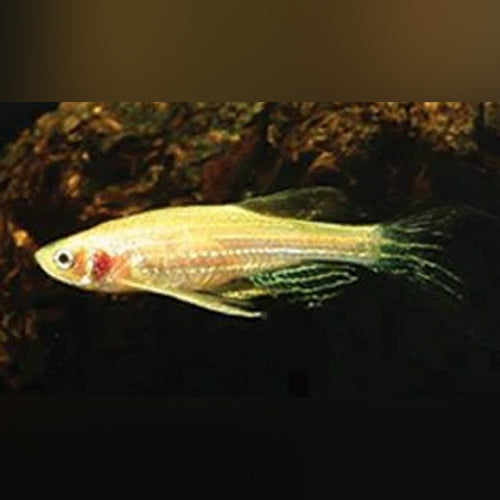
Their body shape grows larger toward the dorsal fin, then tapers off again at the tail. Their heads taper downward toward the mouth, which has four pairs of barbels. The loach’s dorsal and tail fins are translucent and feature brown or black bands that continue the body’s pattern.

The stripes angle slightly forward in front of the eyes, then switch to a backward angle on the rest of the body. These bands are striped with white lines, giving the zebra appearance. Their yellow-green body has nine vertical, thick blue-green bands. The Zebra loach has beautifully-patterned coloration.

It is now on the International Union for Conservation of Nature’s list of endangered species. Trees overhang and shade these waters, and leaf litter is prevalent.ĭue to over-development, deforestation, and pollution, the Zebra loach’s population has been reduced. The streams in this region have slow or moderate currents, clear water, and rocky or sandy bottoms. It lives in streams flowing through the Western Ghats mountain range. The Zebra loach has an extremely limited habitat in nature. Overall, they are a great addition to a community tank that can be around for many years. They do require a bit more care on the part of the aquarium keeper to ensure their water conditions are stable, and they eat a varied diet. It is a peaceful species, spending most of its time along the bottom. This freshwater fish is a member of the Cobitidae family and hails from slow-moving waters in southern India. With its lovely coloration, it is easy to see why the zebra loach (Botia striata) is an aquarium favorite.


 0 kommentar(er)
0 kommentar(er)
